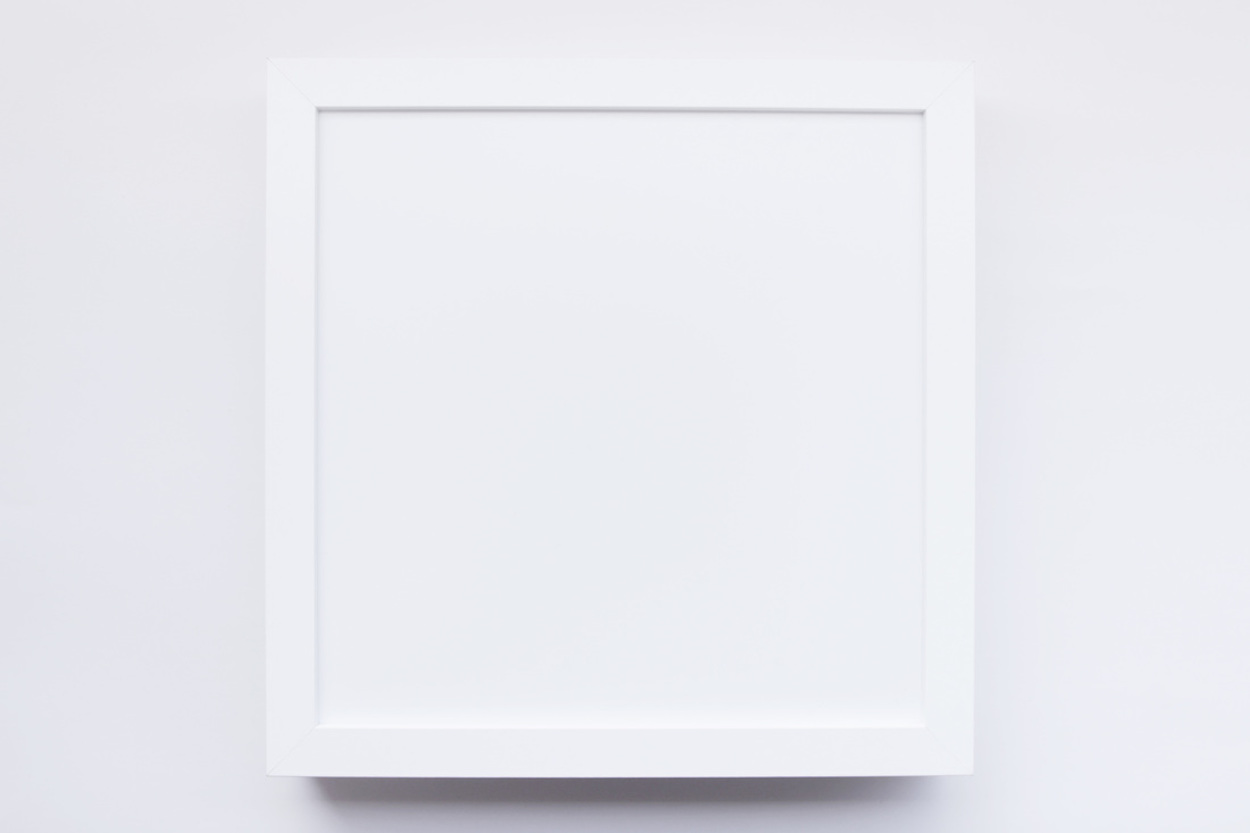by Brian Hioe
語言:
English
Photo Credit: Wang Fujui/Project Fulfill Art Space
TAIWANESE SOUND ART pioneer Wang Fujui’s (王福瑞) solo exhibition at Project Fulfill Art Space, “Transparent Imagery of Sounds” (透明響像), largely consists of meditations on the influence of random chance in art and intermediality. Made up of four pieces, “Transparent Silence” (透明靜), “Wireless Imagination” (無線響像), “Sound Canvas” (聲畫), and “Sonic Space” (聲化空間), the exhibition is a small one, but one which makes good use of the space. The exhibition runs until November 20th.
“Transparent Silence,” the central work of the exhibition, consists of the random noises produced by a transparent vinyl record as the needle of a record player scratches it. What is called into question with this is the degree to which chance and randomness affect a work of art. Randomness is an element of many artistic mediums—one thinks of the degree to which random chance affects the brushstrokes of a painter, for example, as taken to its culmination in the drip paintings of Pollock. But randomness is particularly an element of sound art, in which, for example, unplanned noise during a performance can produce unexpected effects.
With “Transparent Silence,” then, Wang would make randomness the central element of the work through the noises produced by the scratches of needle on the grooves of the record as affected by dust and scratches on the record. This is similar perhaps to the “cut-up technique” when employed to jumble up texts, film, or sound clips, except that there is no “original” here which is jumbled to produce something new and so “Transparent Silence” is by its very nature random. “Wireless Imagination”, which consists of a series of wires running along the walls and roof of the gallery that produce clicking noises, is similar in that respect, seeing as the noise which is produced appears to be random and wholly context-based, making the experience different for anyone who experiences it.
“Sound Canvas,” consisting of a series of blank canvases that produce sounds when a listener places their ear to the canvas, would seem to be in some sense a reflection on the relation of the visual and the auditory. Perhaps the work suggests that sound art produces metaphoric pictures in some sense. As stated in the curatorial notes, the aim of the work would seem to be to try and break down the strict separation of the visual and auditory.
 Sound Canvas. Photo credit: Wang Fujui/Project Fulfill Art Space
Sound Canvas. Photo credit: Wang Fujui/Project Fulfill Art Space
Indeed, one finds various attempts through history to subsume one form of art to another form of art to prove the superiority of one form of art over another. An example would be the attempt to subsume painting to poetry through the classical paradigm of “ut pictura poesis,” which claims the supremacy of poetry over painting by rendering painting to be “mute poesy.” On the other hand, modernist views of art suggest that artistic mediums should seek to draw upon their unique characteristics which are not shared with other artistic mediums, pointing the way to greater experimentation in form. Wang strikes as experimenting with the relation of the visual and auditory, then, in the legacy of paradigmatic attempts to understand the relationship between artistic mediums of the visual and auditory.
Continuing these concerns with intermediality and randomness in art, rounding up the exhibition is “Sonic Space,” which consists of a space between four radio transmitters that make sounds that visitors listen to through headphones. These sounds change as visitors move around the gallery space. If Wang plays with the relation between the auditory and the visual in “Sound Canvas,” Wang plays with the relation between auditory and the spatial in “Sonic Space,” as how sounds produced by “Sonic Space” are perceived changes depending on where one stands in the gallery. If some forms of art such as painting, sculpture, and photography are understood as spatial in nature, other forms of art such as music, poetry, and literature have sometimes been understood as temporal in nature because of their focus on an unfolding, progressive event which cannot be contemplated in a static manner. Returning to the concern with breaking down the boundaries between auditory and visual mediums in “Sound Canvas”, breaking down the boundaries of the temporal and spatial would seem to be the primary concern of “Sonic Space.”
And “randomness” constitutes a large element of “Sonic Space” as well, given that the movement of visitors in the space affects the sounds they hear. Randomness, after all, would not just be present in the process of creating a work of art, but is also present in how one beholds a work of art. For example, in the case of music or sound art, how one perceives what one hears depends on where one is located in the audience relative to where sound is coming from. How one beholds even apparently static visual art is also “random” depending on the particularities of any given viewer’s subjectivity. One thinks of the famous thought experiment of “Mary’s Room” and the questions it raises for shared human experience and human intersubjectivity, for example.
“Transparent Imagery of Sounds,” then, is an exhibition which provokes many questions. For those who are willing to let the works in it speak for themselves, the exhibition is one well worth it.

